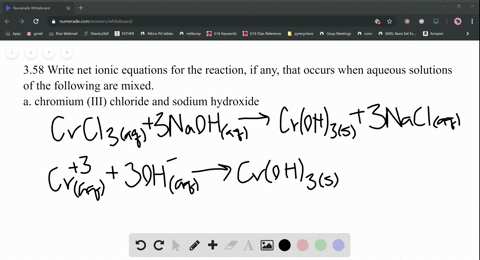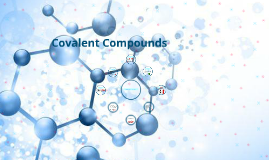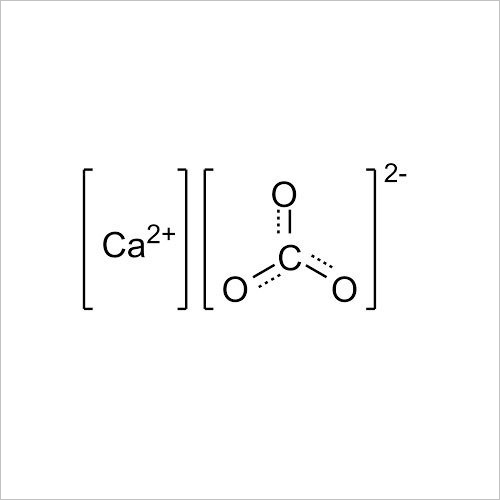
-chloride.jpg)
C25D3/06- Electroplating: Baths therefor from solutions of chromium from solutions of trivalent chromium.C25D21/14- Controlled addition of electrolyte components.C25D21/12- Process control or regulation.C25D21/00- Processes for servicing or operating cells for electrolytic coating.C01G- COMPOUNDS CONTAINING METALS NOT COVERED BY SUBCLASSES C01D OR C01F.C25D3/10- Electroplating: Baths therefor from solutions of chromium characterised by the organic bath constituents used.C25D3/04- Electroplating: Baths therefor from solutions of chromium.C25D3/02- Electroplating: Baths therefor from solutions.C25D3/00- Electroplating: Baths therefor.C25D- PROCESSES FOR THE ELECTROLYTIC OR ELECTROPHORETIC PRODUCTION OF COATINGS ELECTROFORMING APPARATUS THEREFOR.C25- ELECTROLYTIC OR ELECTROPHORETIC PROCESSES APPARATUS THEREFOR.Assignors: BANDA, TOMOHIRO, KUWANO, HIROYUKI, TANAKA, YASUYUKI Publication of US20110168051A1 publication Critical patent/US20110168051A1/en Application granted granted Critical Publication of US8580221B2 publication Critical patent/US8580221B2/en Status Expired - Fee Related legal-status Critical Current Adjusted expiration legal-status Critical Links ASSIGNMENT OF ASSIGNORS INTEREST (SEE DOCUMENT FOR DETAILS). reassignment NIPPON CHEMICAL INDUSTRIAL CO., LTD. Google has not performed a legal analysis and makes no representation as to the accuracy of the date listed.) Filing date Publication date Priority claimed from JP2008228264 external-priority Application filed by Nippon Chemical Industrial Co Ltd filed Critical Nippon Chemical Industrial Co Ltd Assigned to NIPPON CHEMICAL INDUSTRIAL CO., LTD. Original Assignee Nippon Chemical Industrial Co Ltd Priority date (The priority date is an assumption and is not a legal conclusion. Google has not performed a legal analysis and makes no representation or warranty as to the accuracy of the list.)

( en Inventor Hiroyuki Kuwano Tomohiro Banda Yasuyuki Tanaka Current Assignee (The listed assignees may be inaccurate. Google has not performed a legal analysis and makes no representation as to the accuracy of the status listed.) Granted Application number US13/062,478 Other versions US8580221B2

Google Patents US20110168051A1 - Chromium (iii) carbonate and process for producing the same The end point of a potassium dichromate(VI) titration isn't as easy to see as the end point of a potassium manganate(VII) one.US20110168051A1 - Chromium (iii) carbonate and process for producing the same However, the color is made difficult by the strong green also present. This gives a violet-blue color in the presence of excess potassium dichromate(VI) solution. There are several such indicators - such as diphenylamine sulfonate. These change color in the presence of an oxidising agent. With potassium dichromate(VI) solution you have to use a separate indicator, known as a redox indicator. Unfortunately potassium dichromate(VI) solution turns green as you run it into the reaction, and there is no way you could possibly detect the color change when you have one drop of excess orange solution in a strongly colored green solution. As soon as you add as much as one drop too much, the solution becomes pink - and you know you have reached the end point. As you run the potassium manganate(VII) solution into the reaction, the solution becomes colorless. Potassium manganate(VII) titrations are self-indicating. The main disadvantage lies in the color change.

That means that you don't get unwanted side reactions with the potassium dichromate(VI) soution. Potassium manganate(VII) oxidises chloride ions to chlorine potassium dichromate(VI) isn't quite a strong enough oxidising agent to do this.


 0 kommentar(er)
0 kommentar(er)
